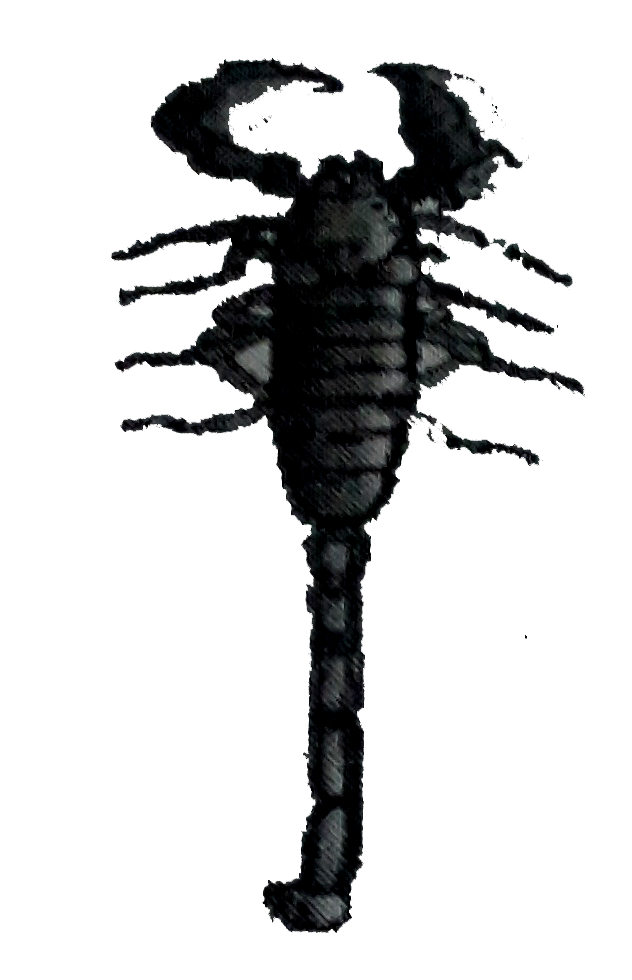In dipoblastic animal
The cells are arranged in two embryonic layers
The cells are arranged in three embryonic layers
The cells are arranged in an exteral ectoderm and internal mesoderm
The cells are arranged in an external mesoderm and internal endoderm
The correct Answer is:A
Step-by-Step Solution:
1. Understanding Diploblastic Animals:
- Diploblastic animals are characterized by having two embryonic germ layers. These layers are crucial for the development of the organism.
2. Identifying the Germ Layers:
- The two germ layers in diploblastic animals are:
- Ectoderm: This is the outer layer that forms the skin and nervous system.
- Endoderm: This is the inner layer that forms the digestive tract and other internal organs.
3. Differentiating from Triploblastic Animals:
- It’s important to note that triploblastic animals have three germ layers: ectoderm, mesoderm, and endoderm. The presence of the mesoderm is what differentiates triploblastic from diploblastic animals.
4. Examples of Diploblastic Animals:
- Common examples of diploblastic animals include:
- Cnidarians (e.g., jellyfish, corals, sea anemones).
- Tenophora (e.g., comb jellies).
5. Analyzing the Options:
- Now, let’s evaluate the provided options:
- Option 1: The cells are arranged in two embryonic layers. (Correct)
- Option 2: The cells are arranged in three embryonic layers. (Incorrect)
- Option 3: The cells are arranged in an external ectoderm and internal mesoderm. (Incorrect)
- Option 4: The cells are arranged in an external mesoderm and internal endoderm. (Incorrect)
6. Conclusion:
- The correct answer is Option 1: The cells are arranged in two embryonic layers.
- Diploblastic animals are characterized by having two embryonic germ layers. These layers are crucial for the development of the organism.
- The two germ layers in diploblastic animals are:
- Ectoderm: This is the outer layer that forms the skin and nervous system.
- Endoderm: This is the inner layer that forms the digestive tract and other internal organs.
- It’s important to note that triploblastic animals have three germ layers: ectoderm, mesoderm, and endoderm. The presence of the mesoderm is what differentiates triploblastic from diploblastic animals.
- Common examples of diploblastic animals include:
- Cnidarians (e.g., jellyfish, corals, sea anemones).
- Tenophora (e.g., comb jellies).
- Now, let’s evaluate the provided options:
- Option 1: The cells are arranged in two embryonic layers. (Correct)
- Option 2: The cells are arranged in three embryonic layers. (Incorrect)
- Option 3: The cells are arranged in an external ectoderm and internal mesoderm. (Incorrect)
- Option 4: The cells are arranged in an external mesoderm and internal endoderm. (Incorrect)
- The correct answer is Option 1: The cells are arranged in two embryonic layers.
Similar Questions
Knowledge Check
Statements: Now cow is a bull
All bulls are animals
Some animals are mammals
Conclusions: I. At least some animals are bulls
II. No animal is a cow.AIf only conclusion I followsBIf only conclusion II followsCIf either conclusion I or conclusion II followsDif neither conclusion I nor conclusion II followsThe body of these animals is circular in cross section. They may be free living ,aquatic and terrestrial . They are bilaterally symmetrical and pseudocoelomate animals. These animals belong to which phylum of animal kingdom?
APlatyhelminthesBAschelminthesCAnnelidaDArthropodaSome animals are …................. (a)………………… due to sheer physical strength in tasks …................. (b)………………… as ploughing …................. (c)………………… logging. Such animals are …................. (d)………………… as a draught or draft animal. Others may …................. (e)………………… used as pack animals, for animals-powered transport, the movements …................. (f)………………… people and goods. People ride some animals …................. (g)………………… as mounts …................. (h)………………… pull vehicles.
AsoBsuchCsimilarDsimilarly
Largest land animal is …………… while tallest animal is ………… .
View SolutionWhat is the difference between milch animals and poultry animals? Give examples of each.
View SolutionStructure organisation in animals introduction || animal tissue || types OF animal tissues
View SolutionDefine the Acoelomate animals in animals with an example.
View SolutionStudy the given animal and select the correct option for this animal :

View Solution